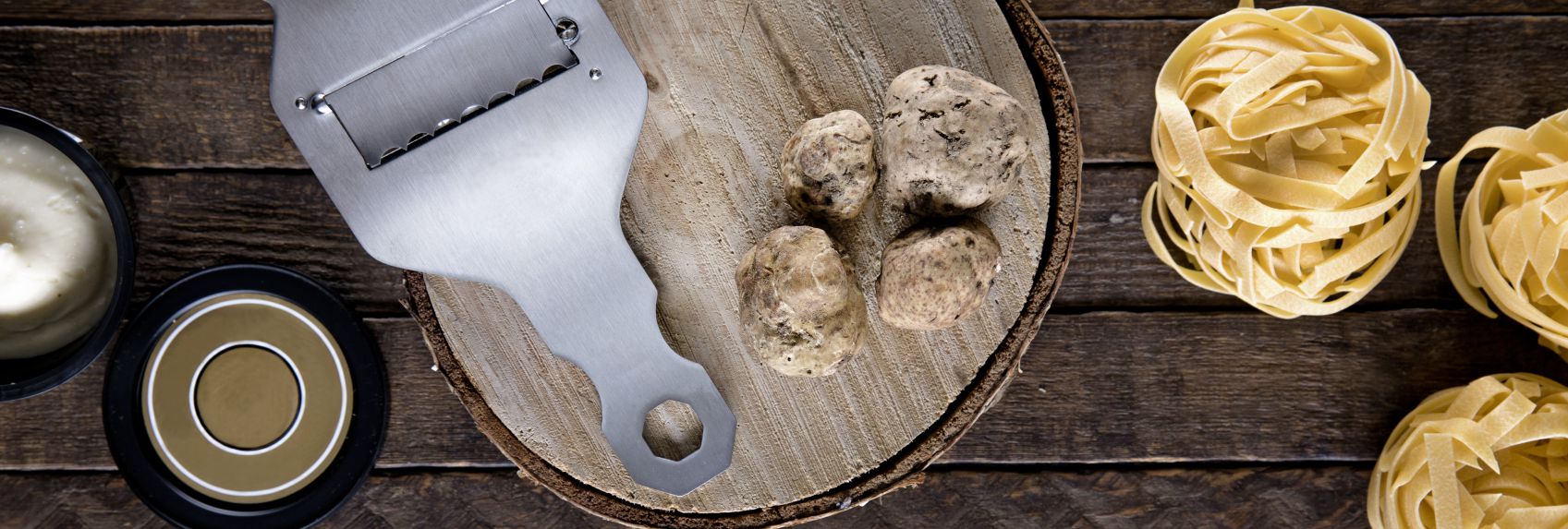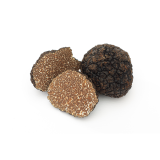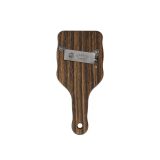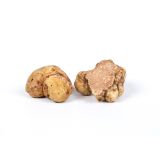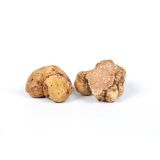Truffles Unearthed: Everything You Need to Know About the Umami Darling
Incredibly fragrant, ultra delicate, undeniably special—truffles have earned their reputation in the pantheon of luxury food items. And what better time to add them to your menu than the holiday season? But which ones should you buy? How should they be used? And, it better to shave or grate? We sat down with Director of Specialty Merchandising Emily Murphy, our resident truffle expert, to learn everything she knows in order to help you unearth some truffle magic of your own this season.
Down for the Hunt
On the wild side, truffle hunters spend their days studying terrains, finding the best foraging spots, and even using decoy cars and hidden bikes to uncover the prize without fellow competitors detecting their path. This isn’t to say that hunters are out to destroy their rivals. “Competition, but never sabotage,” Emily notes.
While foraging with hunters, Emily has witnessed these decoy car operations firsthand, seen trees stealthily marked with Xs to signify their personal property, and plots of soil in the hunters’ homes to preserve the truffles they’ve found. Once dug up, hunters know that the clock starts ticking the moment they’re plucked from the earth, so they go to great lengths to protect the truffles at all costs and get them to us swiftly.

Pictured: One of Emily's photos from a truffle hunt in Italy
Can Truffles Really Be Cultivated?
We're sure you’ve heard the stories of long searches, dogs sniffing around, and digging hopefully to find truffles, but, thanks to advances in techniques, there’s another way to harvest truffles. In more recent years, truffle farms have successfully established a name for themselves by recreating the environment in which truffles thrive. They’re planted strategically and in different areas on the plot of land to make sure that there’s always product throughout the season.
After studying the model, farmers around the world, including the United States, have developed their own farms, which take many years to mature and start producing. Australian farmers began production about five years ago and are starting to see results, which means that there may soon be fresh Périgords available during our summer months. Several domestic regions, including Tennessee and the Pacific Northwest, have devoted land, time, and care to cultivating truffles, and Emily notes that we anticipate most of the Périgord conversation to shift to American-grown truffles in about four to five years.
Hunting Season
As with most of our specialty produce, different varieties of truffles reach their peak at different times of the year, each variety with their own unique characteristics. In short, winter means luxury, summer means mild flavor and greater durability. Here’s a quick cheat sheet of what we at Baldor carry and when:
|
TRUFFLE
|
SEASON
|
MAIN CHARACTERISTICS
|
PRICE
|
SOURCE
|
|
Summer Black
|
April-August
|
Mild in flavor and fragrance. Thicker skin means greater durability. Heat tolerable.
|
Most affordable
|
Mainly Italy
|
|
Black Burgundy
|
September-November
|
Cut darker and give a stronger aroma than summer.
|
Most affordable
|
Mainly Italy
|
|
Black Périgord
|
October-February
|
Earthy, gamey, winey. Flavor blooms under heat.
|
Significantly pricier
|
Spain, Italy, France.
Cultivated & Wild |
|
White Albas
|
End of September – End of December/Beginning of January
|
Very earthy and pungent, with underlying spicy and garlicky notes. Thinnest skin, and most delicate, of all the truffles.
|
Priciest
|
Eastern Europe & Northern Italy
|
All About Winter Truffles
Since truffles tend to hit their culinary stride during the winter holidays when guests are looking for something special for their end-of-year celebrations, we went in depth with Emily to explore the two winter varieties:
White Albas
Winter white truffles, or White Albas, are most commonly found in the wild and peak when the weather cools, something delayed a bit more each year due to climate change. That’s why Emily prefers to wait until the season is well underway and the local weather is colder and rainier to ensure we’re getting the best product, noting that truffles are spores and spores feed off moisture. “The draught in Europe stunted timely maturity this year. Waiting until now to bring them in ensures that product is the quality that we, and our customers, expect,” Emily said.
What do White Alba Truffles taste like?
The crème de la crème of the truffle world, these supremely delicate knobs are known for their intensely earthy, musky, flavor, and aroma, with hints of spice, garlic, and wild mushrooms. Their tan, thin skin gives way to delicate insides webbed with white lines. Whites shine when they star in an otherwise subtle, creamy dish. Think: The softest scrambled eggs, fresh buttered noodles, Parmigiano-Reggiano-laced risotto, slow-cooked polenta, melt-in-your-mouth gnocchi. Make the most of them, by thinly shaving or grating raw over cooked dish just before serving, either in the kitchen, or for a show, tableside.
“The perfect pairing of white truffle is good butter, a good egg pasta, or a good rice, and champagne. It’s simple, it’s beautiful,” Emily says.

Black Périgords
Winter black truffles, or Black Périgords, stand out because while they are found in the wild, they’re a variety that can be successfully cultivated. When ordering Périgords from us, you’ll receive whichever ones are the best quality available that day. Both wild and cultivated are excellent products that make the same impression when used in a dish. If you’re curious about which one’s in front of you, take a look at their overall shape: Cultivated truffles are typically more rounded and uniform than their bumpy foraged counterparts.
What do Black Périgord truffles taste like?
Also a premium luxury, Périgords are also earthy and musky, but they’re bolder with hints of hazelnut, cocoa, spice, and the ground in which they were harvested from. “These have a really nice earthy flavor. It’s a chef’s truffle that’s gamey, can be cooked with or shaved on top, and matches beautifully with wine,” Emily notes. Périgords can be cooked and are wonderful paired with poultry and meat, in addition to creamy sauces. Some ideas: Thinly shave and slide under the skin of chicken before roasting, grate into a red wine sauce while it simmers or, grate and warm the pieces to open its flavors before folding into a not yet set pâté.
Emily, who has an affinity for black winter truffles, shared her chosen preparation with us: “My favorite way to use the Périgord is to take a wedge of camembert, halve it horizontally, put a few slices, and close it back up. It’s really nice with the funk of the cheese, crusty bread, and the mushroom-y truffle.”
Prepping Truffles
Because truffles come out of the ground, they’ll need to be cleaned before use. For black truffles, which benefit a bit here from their thicker skin, you can run them under cool water and scrubbed with a kitchen brush or toothbrush to remove dirt and particles.
After cleaning, black truffles must be peeled before use. Simply use a paring knife to remove just the skin. To make the most of your black truffles, the peelings themselves can be used in a variety of ways. You can make your own truffle juice by steeping them in water and straining, then using the fragrant liquid in everything from soups and sauces, aiolis, vinaigrettes, and compound butters. They can also be chopped fine and added to stuffing, or alternatively, kept large and stored in dry rice for a few days to impart flavor.
For white truffles, use a damp paper towel and carefully wipe off the surface.
Truffle Ordering, Storing, Caring, Serving
Because truffles are such a delicate item, we at Baldor pack each one to order.
Since black truffles are a bit hardier, we’re able to keep a bit of inventory on hand, but white truffles are rarely kept in house. (The exception is during peak weeks when our team brings in a bit extra of both.) Instead, once they clear Customs, white truffles are repackaged in a tamperproof container, and sent straight to you on a FedEx or Baldor truck to avoid delays or deterioration. Truffles in peak shape should be firm and fragrant. Please make sure to inspect all truffles before accepting them.
When it comes to white truffles, our recommendation is always to pre-order, which can be handled through your sales rep.
Getting the Most Out of Your Truffle
It’s common advice to store truffles in rice, but Emily advises against this practice, unless you’re choosing to rest it on the rice or use the rice as a shallow cushion. Because while it’s true that you always want to keep truffles cool and dry, rice often overcompensates. “When you bury your truffle in rice, it sucks out all the moisture,” Emily notes. “You’ll risk losing all the truffle’s water weight and ultimately, will end up with very fragrant rice and a tiny truffle.”
Instead, she recommends wrapping each individually in clean, dry paper towels and storing in the fridge. Change the paper towels daily.
We recommend using truffles within three days of receipt.
No Truffle Left Behind
We, like you, never want to see even the smallest bit of truffle going to waste, so what’s the best plan of action if you have pieces nearing that three-day deadline? First, check it. When a truffle starts to go soft, that’s a clear indication that it’s no longer in its prime. Once it falls into that on-the-edge category, you can use it by grating to make your own truffle butter, which can be stored in the freezer, or using it in a sauce.
Incorporating Truffles
After all the care, work, and time that goes into growing, harvesting, shipping, cleaning, and storing, we know you want your truffles to make an impact on the dish. But we also know that with such a pricey item, portion sizes are of the utmost importance.
Emily recommends approximately a 5-gram portion for black truffles, which as we noted above often get cooked into the dish, and a 2 to 4-gram portion for white truffles. Because white truffles are so pungent, in most cases, 2 grams will give you the perfume and flavors you’re after.
For both, slice using a truffle slicer, or grate with a microplane. Note: Microplaning truffles into a towering pile is a creative way to make the most of your truffle and leave a memorable impression.
Ready to make truffle magic? Shop our Truffles & Mushrooms page to where we've curated a selection of fresh truffles, truffle accessories (like truffle slicers to help you get the ultimate razor-thin rounds), and truffle infused products- everything from truffle oil to truffle honey and beyond. And if you have any questions along the way, be sure to reach out to your sales rep, and they'll be happy to help!



















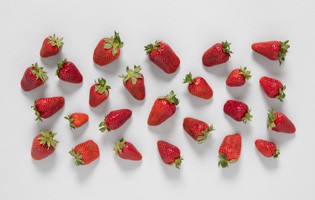



































































































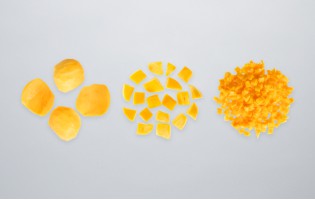













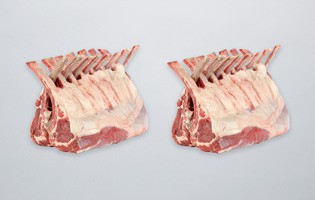















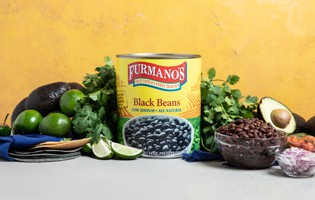


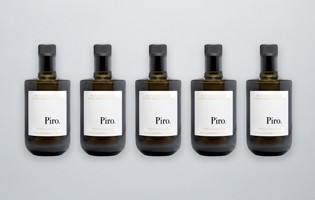

























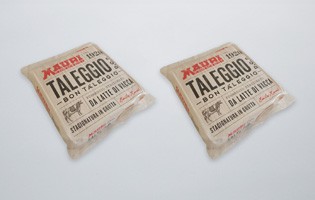
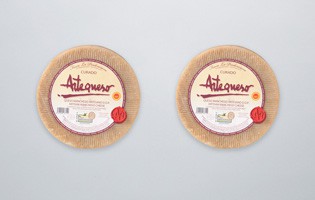









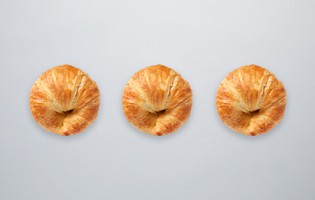

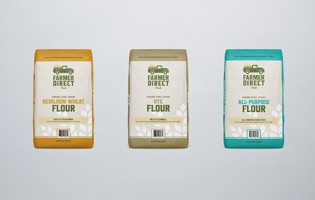














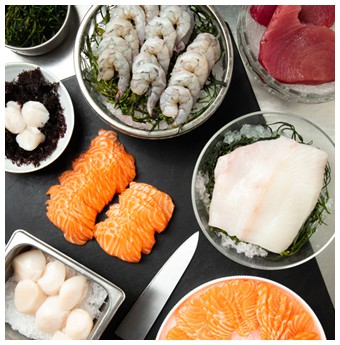
 Fruits
Fruits 
 Organics
Organics  Vegetables
Vegetables  Fresh Cuts
Fresh Cuts  Meat & Poultry
Meat & Poultry  Grocery
Grocery  Dairy
Dairy  Cheese
Cheese  Bakery
Bakery  Seafood
Seafood 